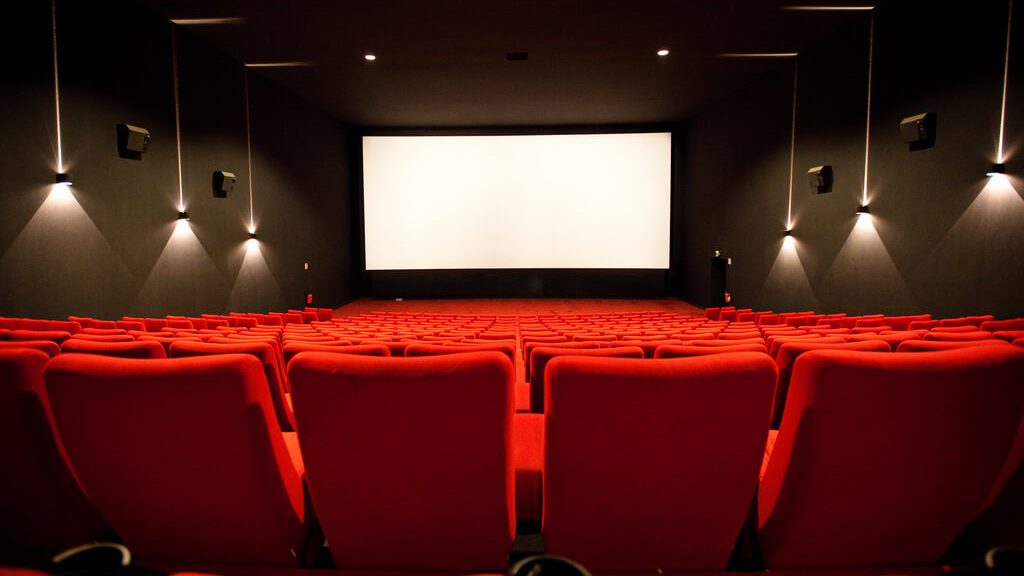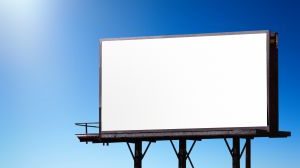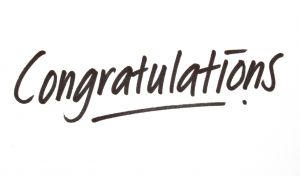Communication using only words – whether verbal or written – leaves much to the imagination. Which is part of the appeal when it comes to reading for pleasure.
Think of a book you’ve read and enjoyed which was later interpreted as a movie. With the book, your interpretation of the appearance of the settings and characters is a product your imagination, which is shaped by your unique life experience. Every reader of that book comes away with a somewhat similar, but different perspective.
An author can narrow down some of the variance in interpretations by adding more descriptive detail. Think of a book you’ve enjoyed for its vivid descriptions of setting and depth of character development. This can be great for a riveting novel that we wish would never end.
Perhaps, upon leaving the movie based on a book you’ve read, you considered (or commiserated over) how different the characters and the scene were from how you’d imagined them. Your interpretation of the words in the book is as valid as anyone’s. It just didn’t match those of the producer of the film, and possibly, the author of the book. This makes for interesting discussion and critique.
In the book’s cinematic version, with the addition of the audio and visual elements, all viewers come away with a shared mental image of the appearance of the settings and characters, because the additional sensory dimensions make them more explicit. Similarly, visuals, such as pictures, diagrams or other types of models can be helpful in our business communication because they eliminate much of the “imagination,” or ambiguity of words, making meaning more explicit. Visuals serve to calibrate the natural differences in our mental images.
Now, unlike that great book or movie, most of us don’t read business documents such as a requirements specification for enjoyment. And unlike the book, there can be significant repercussions when one reader’s interpretation of the content varies widely from another’s. The Big Thick Document (BTD) is a product of the notion that increasing a document’s length to add more detail will improve the communication value of the document. Unfortunately, the opposite is more often the result because the longer document is, the:
- Less likely to be read
- Less likely to be understood if it is read
- More likely errors or omissions are to be overlooked, as readers tend mistake length and detail for precision and accuracy.
Thoughtful use of visuals – even, and especially in rough or early drafts – adds a dimension of “understandability” to the ideas expressed in documentation that is not possible in a mostly text-based format, and at very little additional cost. In fact, often it is more work manipulating language to describe something than it is to represent it visually. To this end, a white board or a blank sheet of paper and a drawing utensil are valuable tools when it comes to working through ideas to establish common understanding.
A few questions we may ask to help us optimize our efforts:
- What can we give business stakeholders who want to confirm for us that we’re on the right path that isn’t overwhelmingly long and difficult to decipher?
- What can we give delivery team members that, first, summarizes the details and provides context, then, expresses the details in as easy a form as possible to understand and use to do their work?
- How can we strike an acceptable cost/benefit balance in doing these things?






Good article Jonathan.
It seems most organizations have this ingrained mindset that writing long documents will be always that is needed to communicate complex (or even simple) requirements.
I wonder if this is not a consequence (subconscious one?) of our years in school when we are told that real books don’t have illustrations, and therefore, we strive to create “the” requirement document of a life-time?
But because we BAs have a choice, we better start leaving that behind, and making sure our documents are clear.
Excellent articulation of real need, benefit of using non textual elements such as diagrams, workflow models , wire frames during requirement analysts and communication.
Great article Jonathan. It’s so true about the longer the BTD, the more imagination creep through. We are attempting ‘building a system in words’ before building it in technology. This is where I see backlog groomimg in Agile having major benefits. A great opportunity to discuss our ‘imaginations’ using diagrams, stories and whiteboards so to leave the meeting with a shared understanding across each member of the team. Until the next week when we start again 🙂
Well written! It is full of great insights and very helpful for a business analyst.
Very informative and useful stuff for business analysis..